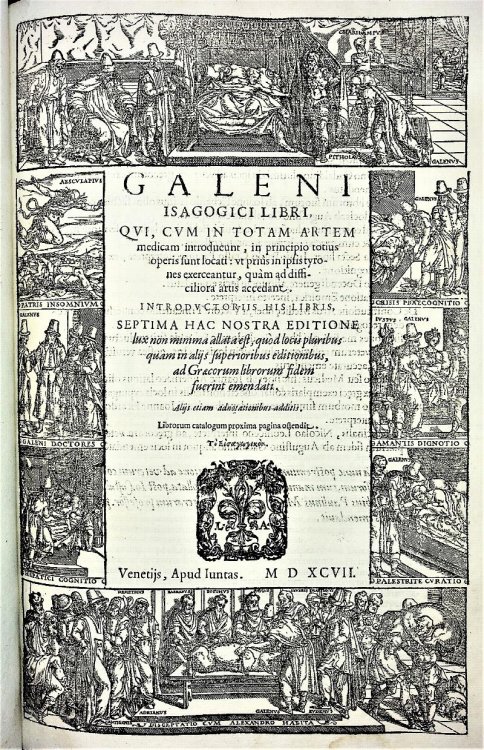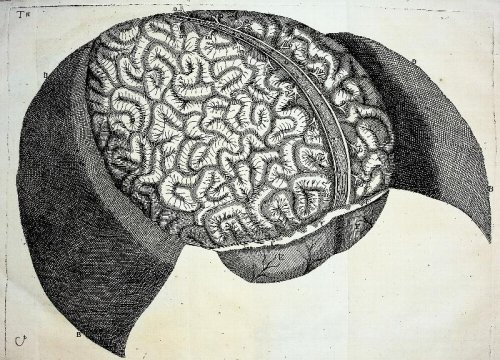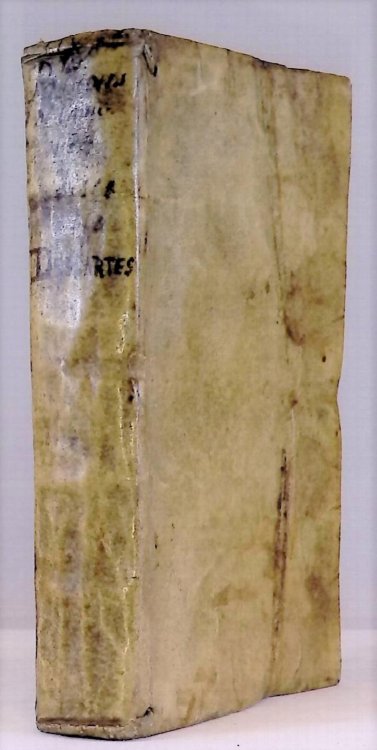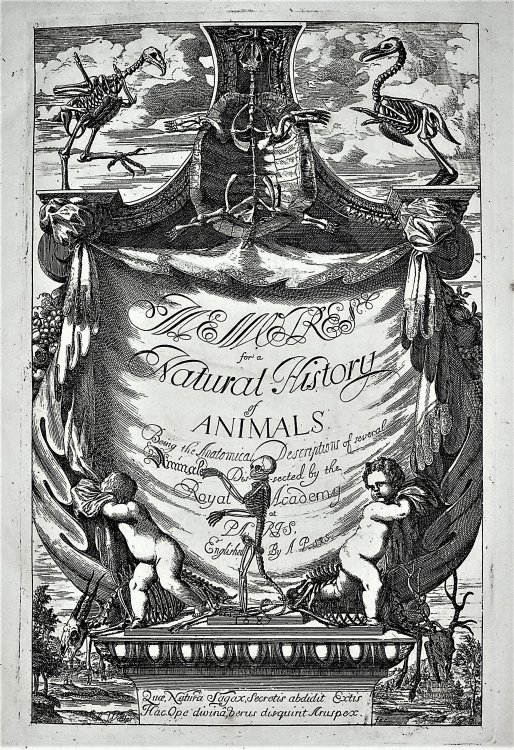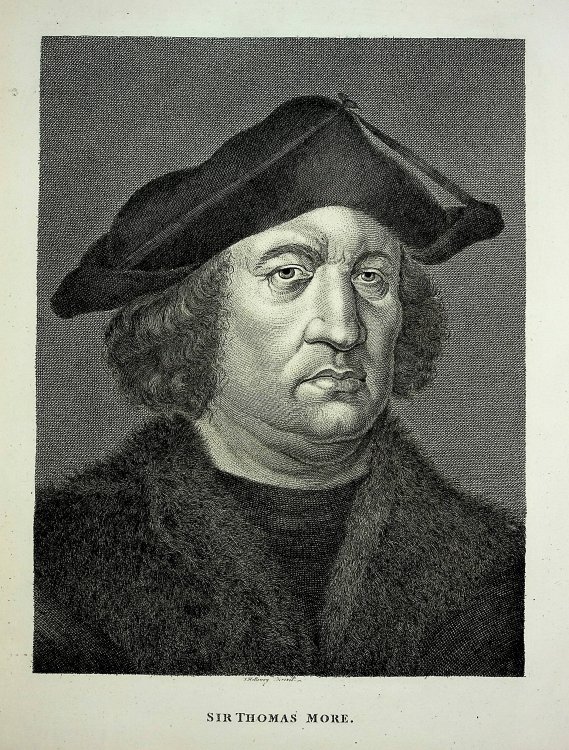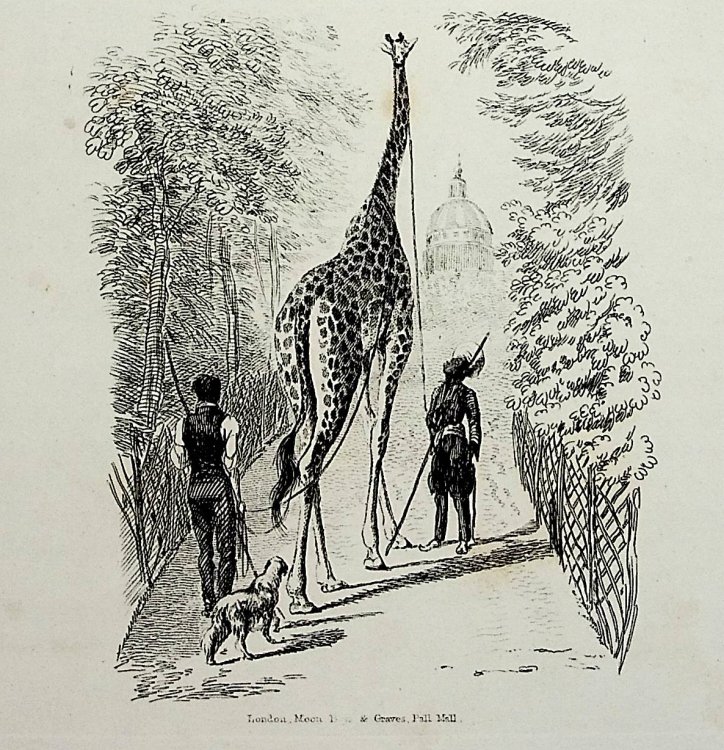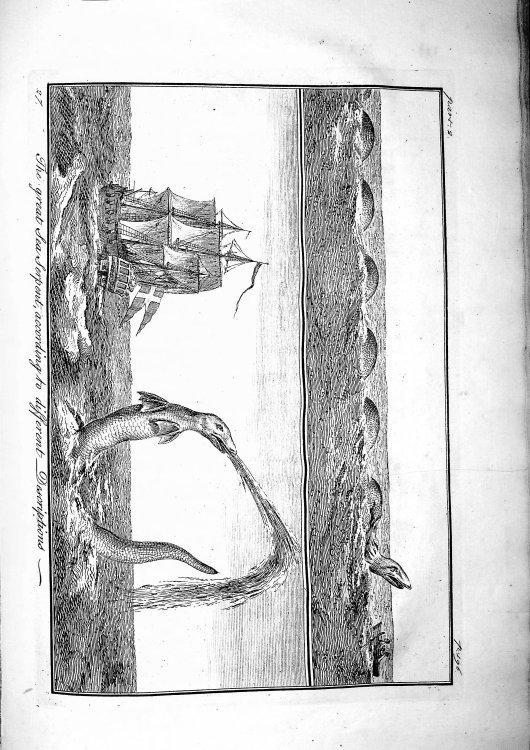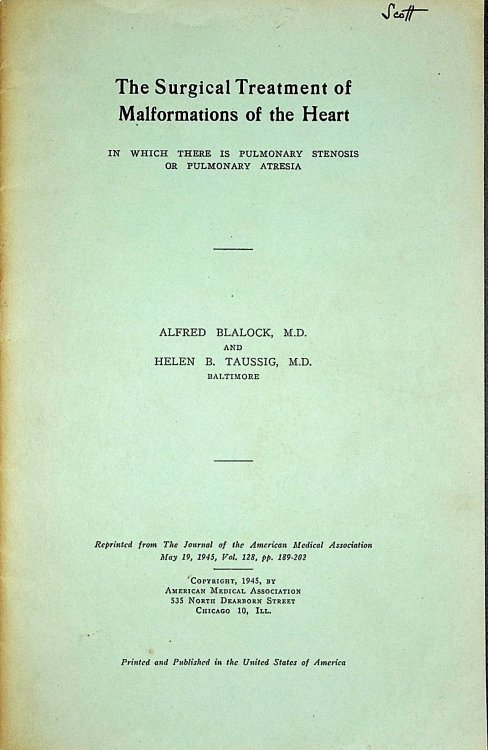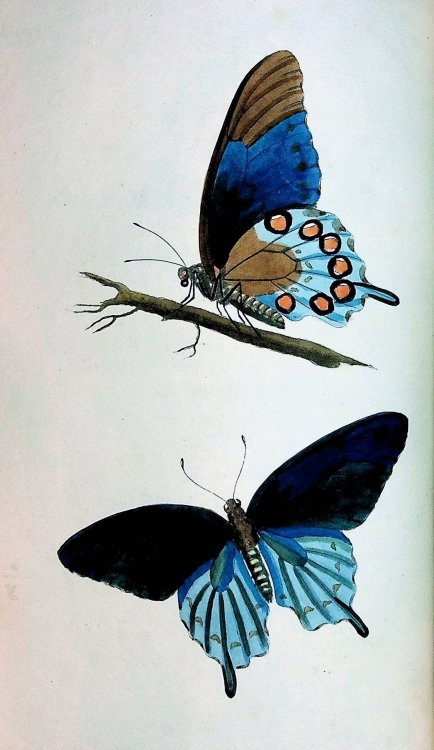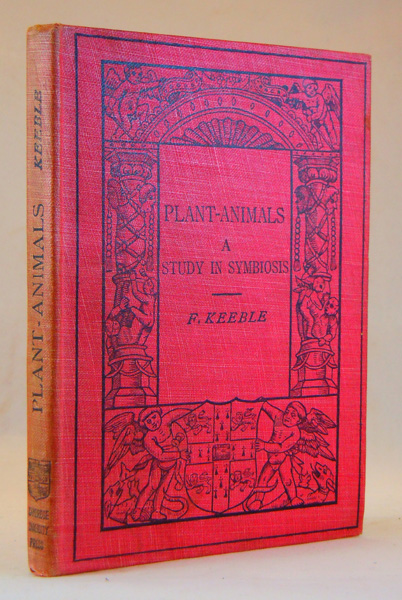
Plant-Animals. A Study in Symbiosis
$20.00 USD • Used
1910 CURIOUS LITTLE BOOK ON SYMBIOSIS BY BRITISH BOTANIST. 6 3/4 inches tall hardcover, original decorative red cloth binding, color frontis with tissue guard, illustrated throughout. Spine faded,...
1910 CURIOUS LITTLE BOOK ON SYMBIOSIS BY BRITISH BOTANIST. 6 3/4 inches tall hardcover, original decorative red cloth binding, color frontis with tissue guard, illustrated throughout. Spine faded, previous owner bookplate to front paste-down, inscription front free endpaper, small bookseller's sticker to bottom of rear paste-down, overall very good. From Chapter I: INTRODUCTORY: THE WORMS: CONYOLUTA ROSCOFFENSIS AND CONVOLUTA PARADOXA: THEIR HABITS AND HABITATS. Biologists who devote themselves to the investi- gation of the life histories and life processes of the lower animals are apt to encounter the criticism: why expend pain and labour on insignificant creatures when so much remains to discover with respect to the higher animals, including man himself Cited in Margulis Symbiotic Planet: J. Keeble, who spent his summers at Roscoff. Keeble called them plant-animals and diagrammed them splendidly in the color frontispiece of his book, Plant-Animals. Review in Bulletin of the American Geographical Society Vol. 43, No. 12, 1911 Plant-Animals. Study in Symbiosis. By Frederick Keeble, Sc.D. viii and I63 pp., illustrations, bibliography and Index. University Press, Cambridge, 1910. 40 cents. 6 x 5. This is one of the Cambridge Manuals of Science and Literature. While Dr. Keeble was working in a small marine laboratory in Brittany, visitors often asked him to explain his purposes in going to and fro along the shore, wading among the sea weeds and bringing into the laboratory minute, worm-like, animals which represented often my sole catch. Many of the visitors became interested in the work and the numerous questions they asked suggested this little volume. He has written it con amore, tells of many striking phenomena and few readers can fail to be interested in these pages. Sheltered sandy beaches of the bretonic coast (near Roscoff, Carantec, Carnac, La Trinite sur mer) are well-known habitats of the acoel flatworm Convoluta roscoffensis (order: Acoela, phylum: Platyhelminthes) which can be found there in summer time on a massive scale. During low tide, when water puddles form at sandy beaches, Convoluta roscoffensis gather together at the surface of these warm floodlit pools to provide optimal photosynthetic conditions to their symbiont Tetraselmis convolutae, a green alga living inside the flatworm's body. A microscopic inspection of a translucent iuvenile worm reveals that gut and parenchyma cells are filled with photosynthetic symbionts, microalgae of the genus Tetraselmis. In the iuvenile state those microalgae are ingested but not degraded and become endosymbionts. The algae remain photosynthetically active and thus, significantly contribute to the energy intake of the worms. In Convoluta roscoffensis up to 25.000 algae per individuum have been counted. After entering the adult phase, crucial anatomical changes such as loss of a functional pharynx and mouth, demonstrate that the worms now completely rely on their endosymbionts. They have become photoautotrophic organisms consuming sugars provided by the symbiontic algae. SIR FREDERICK WILLIAM KEEBLE, CBE, FRS (1870 1952) was a British biologist, academic, and scientific adviser, who specialised in botany. He was Sherardian Professor of Botany at the University of Oxford from 1920 to 1927 and Fullerian Professor of Physiology at the Royal Institution from 1937 to 1941.
Product Info
Publisher: Cambridge University Press
Year: 1910
Type: Used
Binding: Softcover
First Edition
Seller Info
BiomedRareBooksLLCABAAILABIOBA
Address: P.O. Box 193 North Garden, Virginia
Website: https://www.biomedrarebooks.com
Country: United States
